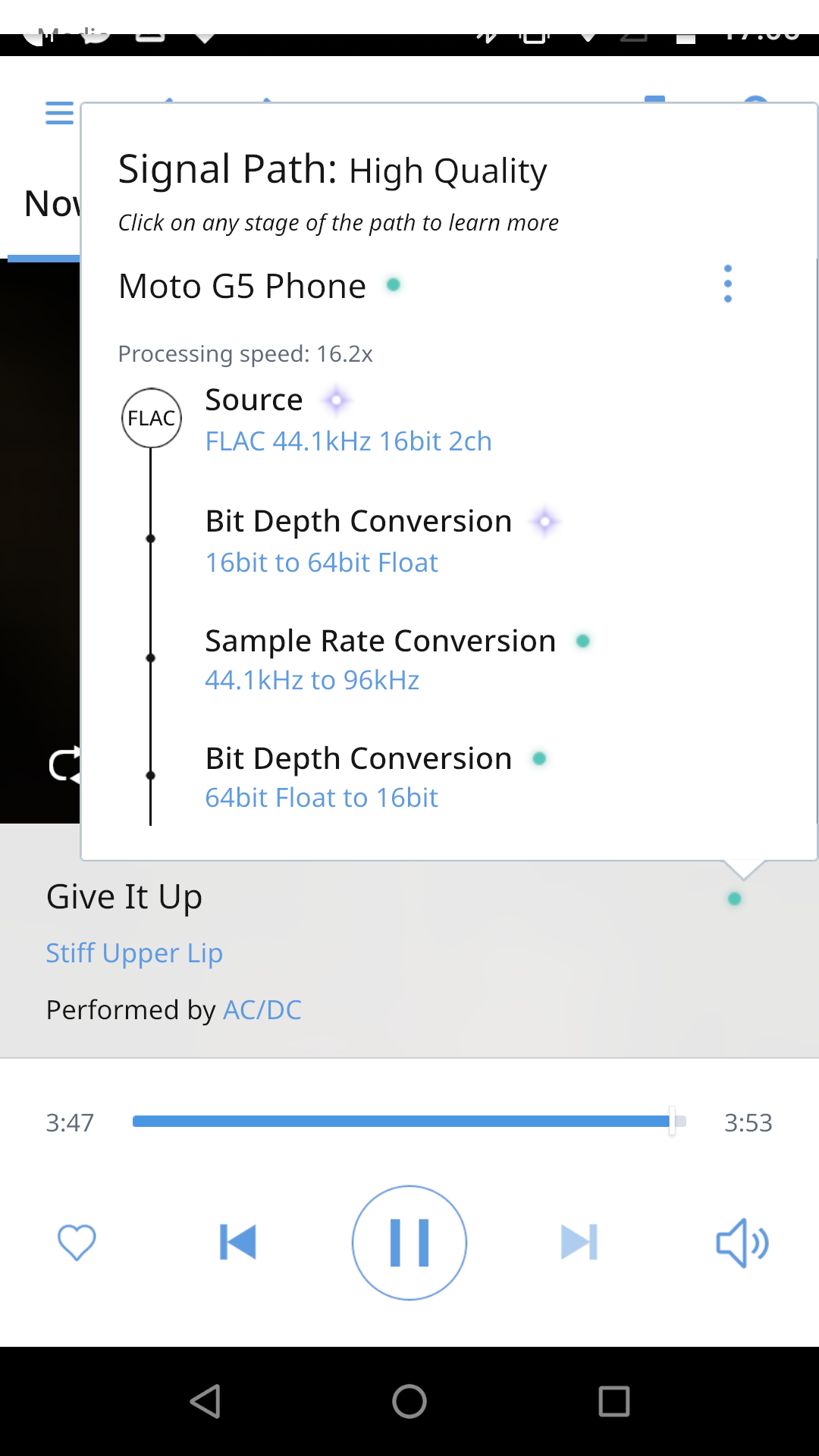

In the /var/log/open5gs/mme.log I can now see: 05/11 23:25:46.896: INFO: MME initialize…done (./src/mme/app-init.c:33)Ġ5/11 23:25:46.898: INFO: CONNECTED TO 'hss.nickexamplenet' (SCTP,soc#15): (./lib/diameter/common/logger.c:108)Īnd that’s it! We’re connected to an external HSS. Once all this is done we’ll need to restart our MME and you should see the Diameter Capabilities Exchange / Answer commands between the HSS and the MME if all was successful, systemctl restart open5gs-mmed If you’re using TLS you’ll need to put your certificates and private key files into the TLS config,įinally we’ll put our HSS details in the Peer Configuration We’ll next set the ListenOn address to be a reachable IP address isntead of just a loopback address, We’ll start by changing the realm to match the realm of the HSS and the identity to match the identity configured as the MME peer on the HSS. You can find it’s config files in: /etc/freediameter/mme.conf The config for the Open5GS MME’s Diameter peers is handled by the FreeDimaeter library, With these bits of information we can go about modifying the Open5GS MME config to talk to our different HSS. The Evolved UMTS Terrestrial Radio Access Network (E-UTRAN). To do it we need a few bits of information: The high-level network architecture of LTE is comprised of following three main components: The User Equipment (UE). And then Attach accept.You may want to connect Open5GS’ MME to a different Home Subscriber Server (HSS), If UE sens the Initial Context Setup Response. To create a session success response, MME sends an Initial Context setup request with the GTP-U plane address of SGW along with other parameters. MME sends a create session request to the SGW over the S11 interface. MME sends the authentication request to the UE.
#Name the signal path between the mme and the hss. update
In turn, MME starts the MAP send-authentication-info procedure with the HSS/AuC for requesting authentication vectors.Īfter successful authentication, MME does the Update Location procedures for subscriber information. When UE switches on, it sends an Initial UE message with Attach request for PDN connectivity to the MME. the UE Time Zone is not sent by the old MME during MME relocation), the MME should not signal a change in UE Time Zone. If the MME cannot determine whether the UE Time Zone has changed (e.g. This section provides the configuration example to enable the subscriber session trace on a system. Here we will describe the initial attach procedure to understand the basic functionality of the MME in the LTE network. The MME shall signal a change is UE Time Zone only in case of mobility and in case of UE triggered Service Request, PDN Disconnection and UE Detach. Till now we have described key Interfaces of MME. The T6a interface is a diameter protocol interface with the SCEF for the Non-IP data delivery in the IoT network. The HSS may be co-located with the AUC for the 4G authentication. It is the node that holds the subscription data for a subscriber. The eNodeB sends user data packets to the SGW using the GTP-U data plane protocol. In a method for signal transmission and reception of a home subscriber server (HSS) in a wireless communication system, according to an embodiment of the present invention, the method for signal transmission and reception of the HSS comprises the steps of: receiving a uniform resource locator (URL) from a mobility management entity (MME) which has received an attach request transmitted by a. During attach and other activities via UE, SGW does signaling with the PGW in-home network over the s5/S8 interface. information is provided by the HSS: the Access P oint Name, P-GW address and the Quality of Service parameters for. The S11 interface is a GTP-C-V2 (Version 2) based Interface with the SGW. Procedure which is used between the MME and HSS to.


 0 kommentar(er)
0 kommentar(er)
